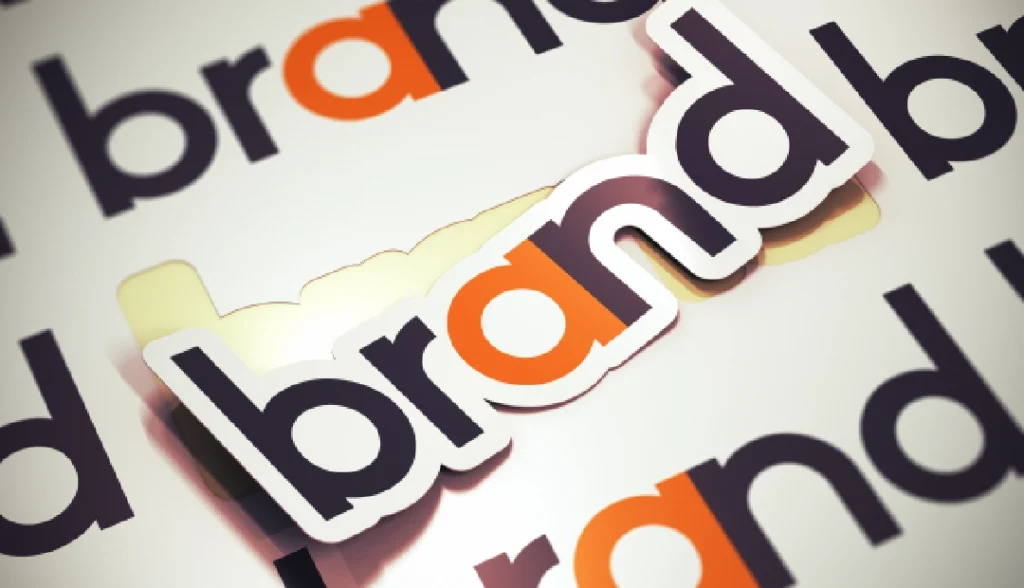Building a strong brand identity is crucial for any business, but it’s especially important for small businesses trying to stand out in a competitive market. A strong brand identity not only differentiates your business from others but also fosters trust and loyalty among your customers. Here’s a comprehensive guide on how to build a strong brand identity for your small business.
1. Understand Your Brand’s Core Values
Your brand identity should reflect the core values of your business. What does your business stand for? What are the principles that guide your decisions? Defining your brand’s mission, vision, and values is the first step in creating a strong identity. These elements will serve as the foundation upon which your brand is built, guiding everything from your logo to your customer service practices.
Tip: Write down your brand’s mission statement and core values. Use them as a reference point whenever you’re making decisions about your brand.
2. Know Your Target Audience
Understanding your target audience is essential in building a brand that resonates. Who are your ideal customers? What are their needs, preferences, and challenges? Knowing your audience helps you create a brand identity that speaks directly to them, making your business more relatable and trustworthy.
Strategy: Create customer personas that detail the demographics, behavior patterns, motivations, and goals of your target audience. Tailor your brand message to these personas.
3. Design a Memorable Logo
Your logo is often the first thing people notice about your brand. It should be simple, memorable, and reflective of your brand’s personality. A well-designed logo can make a lasting impression, helping your brand stick in the minds of your audience.
Tip: Invest in a professional graphic designer to create a logo that captures the essence of your brand. Ensure that it’s versatile and works well across different mediums, from digital platforms to printed materials.
4. Develop a Consistent Brand Voice
Your brand voice is the tone and style of communication you use in your messaging. Whether it’s formal, casual, witty, or authoritative, your brand voice should be consistent across all channels. This consistency helps in building trust and recognition.
Strategy: Create a brand voice guide that outlines the tone, language, and style of your communications. Use this guide to ensure all team members communicate in a way that aligns with your brand.
5. Create a Cohesive Visual Identity
Beyond your logo, your visual identity includes elements like color schemes, typography, and imagery. These elements should be consistent across all your marketing materials, creating a cohesive look and feel that reinforces your brand’s identity.
Tip: Choose a color palette that reflects your brand’s personality. For example, blue often conveys trust and professionalism, while red can evoke excitement and energy. Stick to a consistent typography style that aligns with your brand’s image.
6. Craft a Compelling Brand Story
People connect with stories, not just products or services. Your brand story should communicate who you are, what you do, and why you do it. It should evoke emotion and resonate with your audience on a deeper level.
Strategy: Share your brand’s origin story, the challenges you’ve overcome, and the mission that drives you. Use this story in your marketing materials, on your website, and in conversations with your customers.
7. Build a Strong Online Presence
In today’s digital age, having a strong online presence is non-negotiable. Your website, social media profiles, and other digital platforms should all reflect your brand identity. This includes not just visuals, but also the content and interactions you have with your audience.
Tip: Ensure your website is user-friendly, visually appealing, and consistent with your brand’s identity. Regularly update your social media profiles with content that reflects your brand’s voice and values.
8. Engage with Your Audience
Building a strong brand identity isn’t just about what you say—it’s also about how you interact with your customers. Engaging with your audience through social media, email newsletters, or customer service can reinforce your brand’s identity and build stronger relationships.
Strategy: Respond promptly to customer inquiries, participate in conversations on social media, and create content that encourages interaction. Show your customers that you value their input and are committed to meeting their needs.
9. Adapt and Evolve
While consistency is key to building a strong brand identity, it’s also important to adapt to changes in the market and in your business. As your business grows, your brand identity may need to evolve. Be open to making adjustments that align with your long-term goals.
Tip: Regularly review your brand identity and assess whether it still aligns with your business objectives and audience expectations. Make changes as needed to stay relevant and competitive.
10. Measure Your Brand’s Impact
Finally, track the effectiveness of your brand identity efforts. Use metrics such as brand recognition, customer loyalty, and sales growth to assess how well your brand is resonating with your audience.
Strategy: Conduct surveys, monitor social media mentions, and use analytics tools to gather data on your brand’s performance. Use this data to make informed decisions about your branding strategy moving forward.
Conclusion
Building a strong brand identity takes time and effort, but it’s an investment that pays off in the long run. By understanding your core values, knowing your audience, maintaining consistency, and staying adaptable, your small business can create a brand that not only stands out but also fosters lasting customer relationships. Start small, stay consistent, and watch your brand identity grow into one that your customers recognize and trust.

